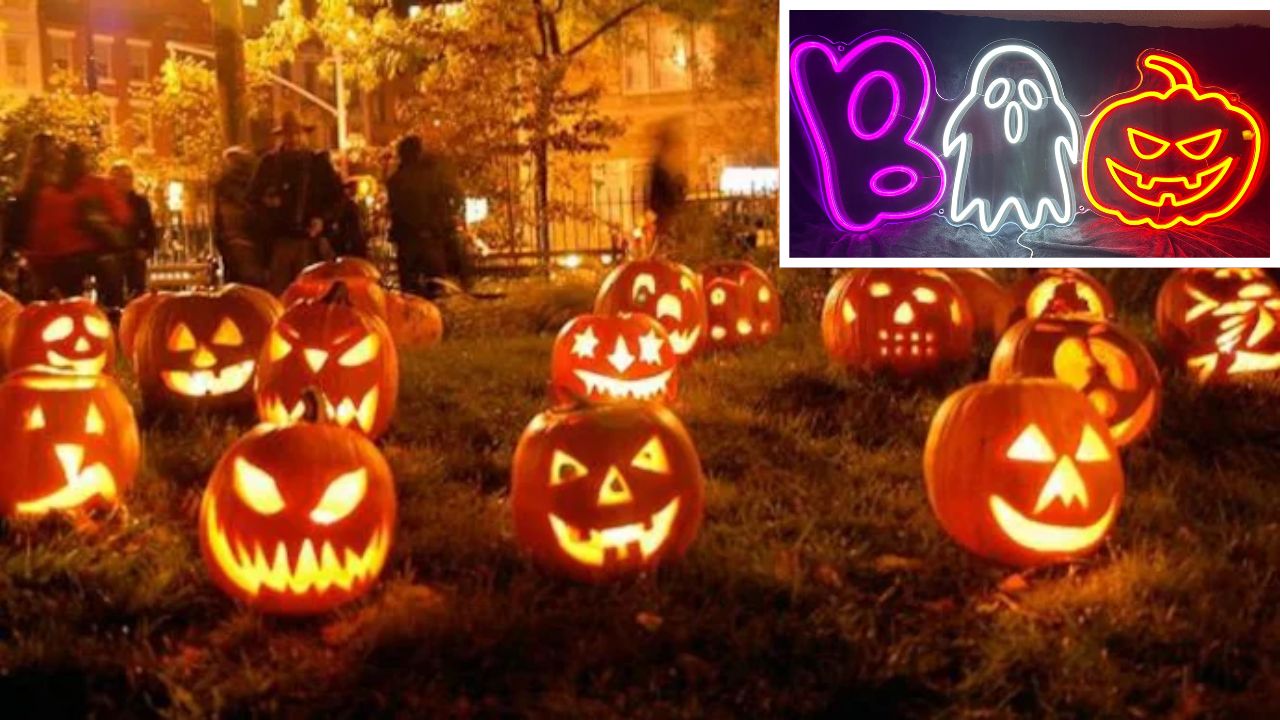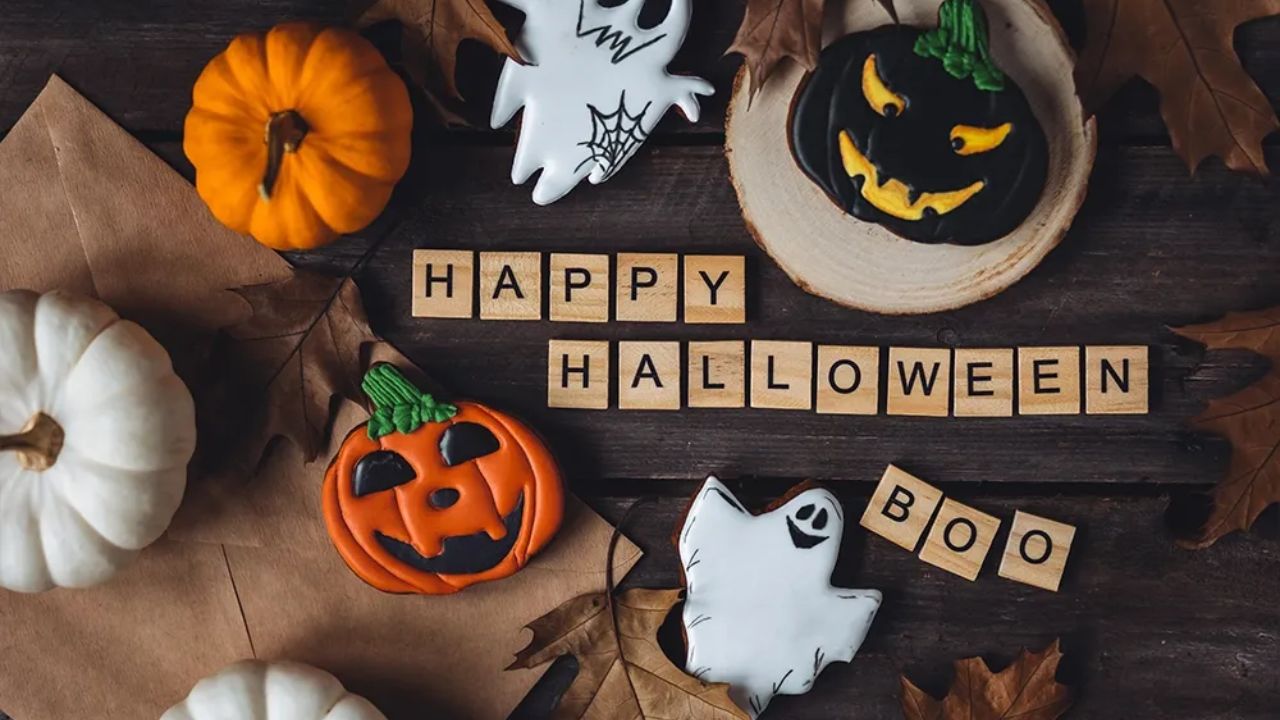 English
English

Why do we carve pumpkins, dress as ghosts, and celebrate the eerie on one October night? As Halloween 2025 approaches, discover how an ancient Celtic ritual of fire and spirits evolved into the world’s most thrilling festival of costumes, candy, and creativity.

In 2025, the festival falls on Friday.
New Delhi: As the crisp autumn air settles in and the moonlight casts eerie shadows, October once again brings with it the world’s favourite spooky celebration 'Halloween'. It’s that time of the year when pumpkins turn into glowing jack-o'-lanterns, homes are decked with cobwebs, and both children and adults embrace the thrill of fright and fun.
The mix of mystery, creativity, and community spirit makes Halloween one of the most beloved festivals around the globe.
Halloween is celebrated annually on October 31, and in 2025, the festival falls on a Friday setting the stage for a long weekend of eerie excitement. As the eve of All Saints’ Day, Halloween’s date has deep historical roots in traditions that blur the line between the living and the dead.
Festival Bank Holiday Schedule: Important dates to remember for banking services
This year, the festival promises a lively blend of age-old rituals and modern festivities from trick-or-treating and costume parades to themed parties and pumpkin-carving contests. Streets, schools, and social media alike are expected to light up with creative displays, elaborate make-up, and spooky storytelling as people across the world celebrate the spirit of Halloween.
Long before it became a candy-fueled night of costumes, Halloween began as the Celtic festival of Samhain an ancient harvest ritual observed over 2,000 years ago in regions that are now Ireland, the United Kingdom, and northern France.

Halloween represents far more than superstition or folklore.
The Celts believed that on the night of October 31, the boundary between the living and the spirit world became thin, allowing ghosts and otherworldly beings to cross into the mortal realm. To protect themselves, people lit bonfires, wore animal-skin costumes, and offered food to wandering spirits.
With the spread of Christianity in Europe, the Church introduced All Saints’ Day (or All Hallows’ Day) on November 1to honor saints and martyrs. The night before became known as All Hallows’ Eve which over time evolved into the word we now know as Halloween.
By the late 19th and early 20th centuries, Halloween had crossed the Atlantic with Irish and Scottish immigrants and began taking root in the United States, where it transformed into a community-centered celebration. The focus shifted from solemn remembrance to playful mischief and creativity.
Trick-or-treating, which emerged in the 1920s and 1930s, soon became the hallmark of Halloween. Children dressed in costumes and went door-to-door, collecting sweets and treats. The introduction of pumpkin carving inspired by the Irish legend of “Stingy Jack” added another enduring symbol: the glowing jack-o’-lantern.
5 spooky Halloween cosplay characters to go for this season
Today, Halloween is celebrated across continents with a dazzling variety of customs from horror movie marathons in the US and themed parades in Europe to cosplay events and pumpkin festivals in Asia.
In its modern form, Halloween represents far more than superstition or folklore. It has become a celebration of imagination, creativity, and community spirit. The festival allows people to step into another persona for a night to laugh at their fears, express artistic flair, and share joy through costumes, candy, and camaraderie.
Whether you see it as a night of nostalgia, a cultural showcase, or simply an excuse for spooky fun, Halloween continues to enchant generations proving that some ancient traditions never truly fade; they just find new ways to glow.
No related posts found.